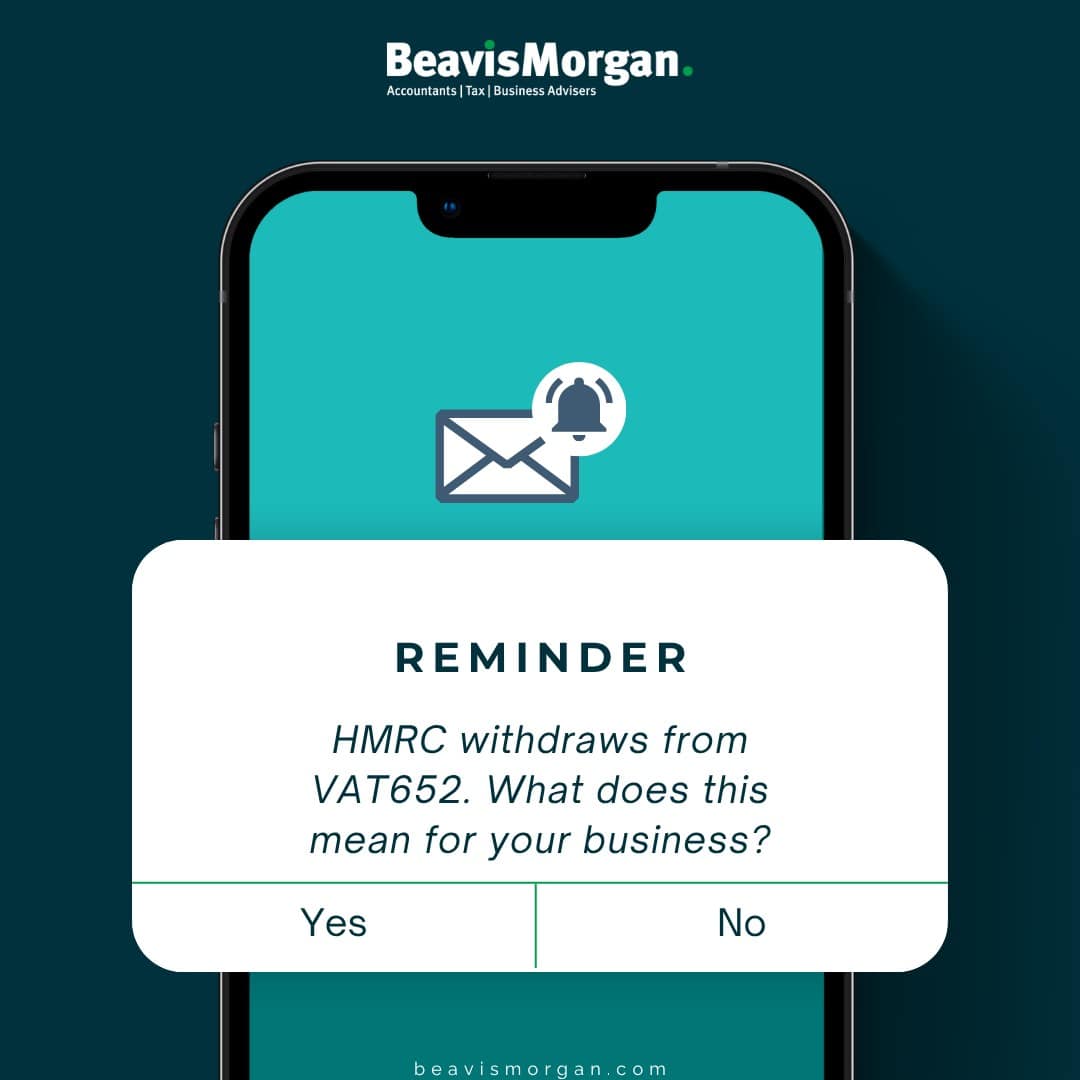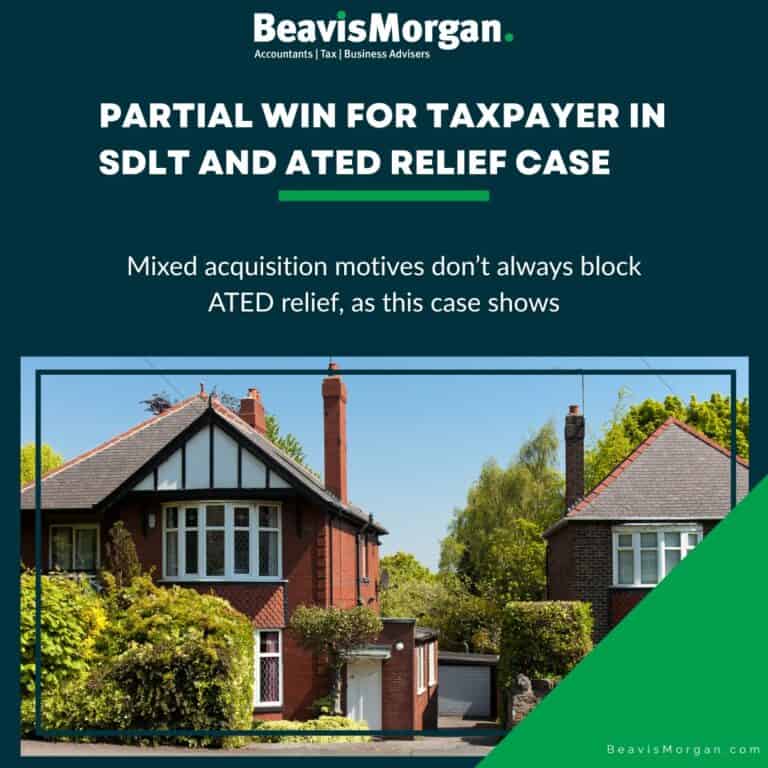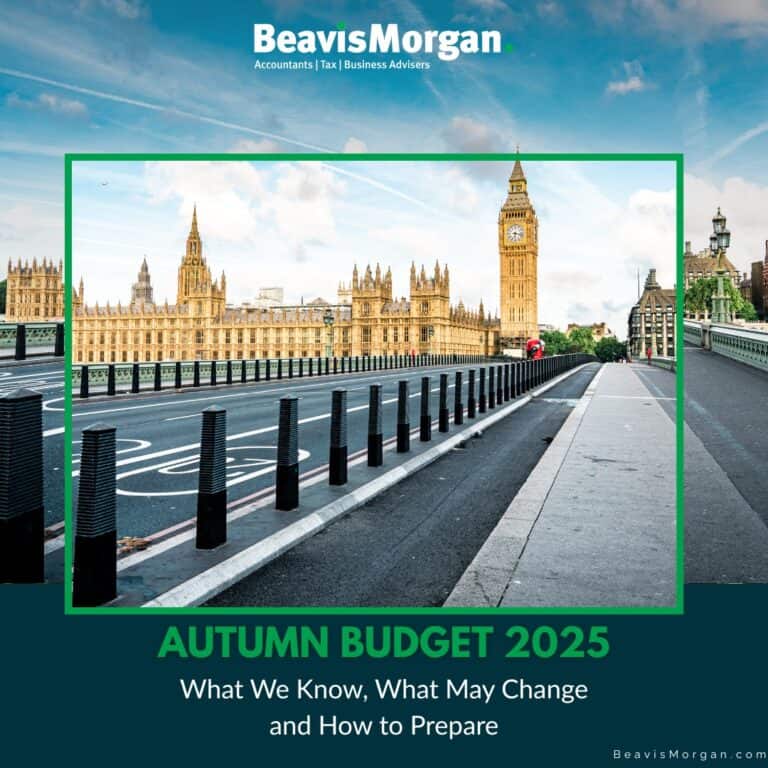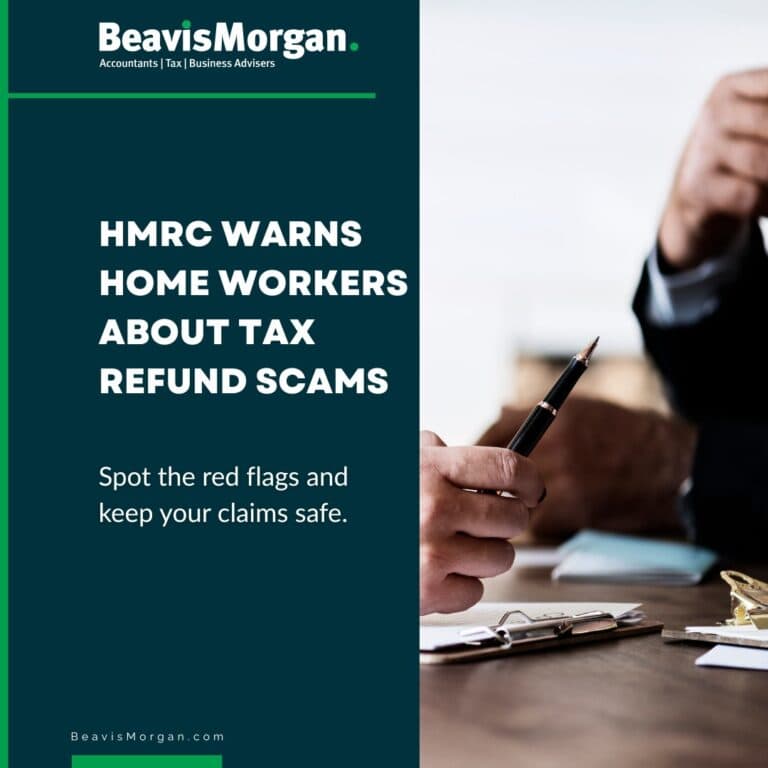From 8 September 2025, HMRC withdrew Form VAT652 – the long-established method for notifying VAT errors that couldn’t be corrected in the next VAT return. This marks a significant change in the way businesses are expected to disclose mistakes, with new procedures now in place.
For SMEs, the change brings both opportunities to streamline compliance and risks of penalties if disclosures are not made correctly. Understanding the rules – and acting promptly when errors are discovered – is critical.
The New HMRC Error Correction Process
Businesses must now follow one of two routes, depending on the size of the error:
-
Correcting on the next VAT return
You can amend errors directly on your next return if:
- The net value of errors (output VAT less input VAT) is below £10,000, or
- The net errors are between £10,000 and £50,000 and also less than 1% of the Box 6 figure (total sales) for that return.
This option avoids the need for separate notification, but records must be kept to show how the correction was calculated.
-
Using HMRC’s online error correction service
For larger errors, or those that do not meet the above thresholds, disclosure must now be made through HMRC’s new online error correction service. Access requires a Government Gateway ID and password.
For businesses unable to use the online service, disclosures can be sent by post (BT VAT, HMRC, BX9 1WR) or by email (inbox.btcnevaterrorcorrection@hmrc.gov.uk).
Why the Change Matters
HMRC is increasingly focused on compliance and transparency. While correcting an error on your VAT return might seem straightforward, HMRC has clarified that simply adjusting a return does not count as disclosure.
This distinction is critical:
- If the error arose from careless behaviour, penalties can still be charged later if HMRC uncovers it, even if the adjustment has already been made.
- To avoid “unprompted” penalties, HMRC expects businesses to notify them formally using the online error correction service.
Failure to follow this process could mean:
- Financial penalties for inaccuracies,
- Interest charges on underpaid VAT,
- Reputational damage if HMRC challenges your business’s compliance record.
Common Scenarios SMEs Should Watch
-
Historic VAT return mistakes
- Errors carried forward from previous quarters can quickly exceed the £10,000 threshold.
- Example: Misclassifying zero-rated sales as exempt.
-
Partial exemption miscalculations
-
- Small differences in methodology can create significant discrepancies over time.
-
Over-claimed input VAT
- Mistakes in recording supplier invoices, especially where mixed-use costs are involved.
-
International transactions
- Import/export VAT is complex and often a hotspot for errors.
-
- Import/export VAT is complex and often a hotspot for errors.
Practical Guidance for SMEs
To manage VAT error corrections effectively, SMEs should adopt a structured approach:
-
Review VAT returns regularly
- Schedule quarterly checks before submission.
- Compare VAT returns against management accounts and bank reconciliations to spot anomalies.
-
Document your calculations
- Keep detailed working papers showing how any adjustment was calculated.
- This will be essential if HMRC raises questions later.
-
Understand the thresholds
- Errors under £10,000 can be corrected in the next return, but larger errors almost always require disclosure.
- Don’t risk leaving HMRC in the dark—better to over-disclose than under-disclose.
-
Train staff on VAT risks
- Errors often arise from everyday bookkeeping.
- Ensure finance teams are confident in VAT rules and when to escalate issues.
-
Seek advice early
- If you’re unsure whether to adjust or disclose, take professional advice.
- Correct handling can save your business from unnecessary penalties.
When to Seek Specialist Advice
Not every VAT error is straightforward. Professional support is essential when:
- Errors span multiple VAT periods,
- The amounts involved exceed £10,000,
- Errors relate to international trade or partial exemption,
- HMRC has already raised queries about your returns.
At Beavis Morgan, our VAT specialists work with SMEs to:
- Review VAT return processes and identify risk areas,
- Advise on whether corrections can be made on a return or require full disclosure,
- Handle online disclosures to HMRC on your behalf,
- Minimise exposure to penalties and interest charges,
- Put controls in place to prevent future errors.
Key Takeaway
The withdrawal of Form VAT652 is more than just an administrative change—it signals HMRC’s increasing focus on accountability. For SMEs, the stakes are higher: correcting VAT errors in the wrong way could now trigger penalties even where adjustments have already been made.
By understanding the thresholds, documenting corrections properly, and seeking advice when needed, businesses can protect themselves while maintaining compliance.
Call to Action
If you’ve identified errors in your VAT returns – or want peace of mind that your processes are robust – contact your usual Beavis Morgan adviser or email info@beavismorgan.com.
We will guide you through the new correction process and ensure your business remains compliant, protected, and prepared.





